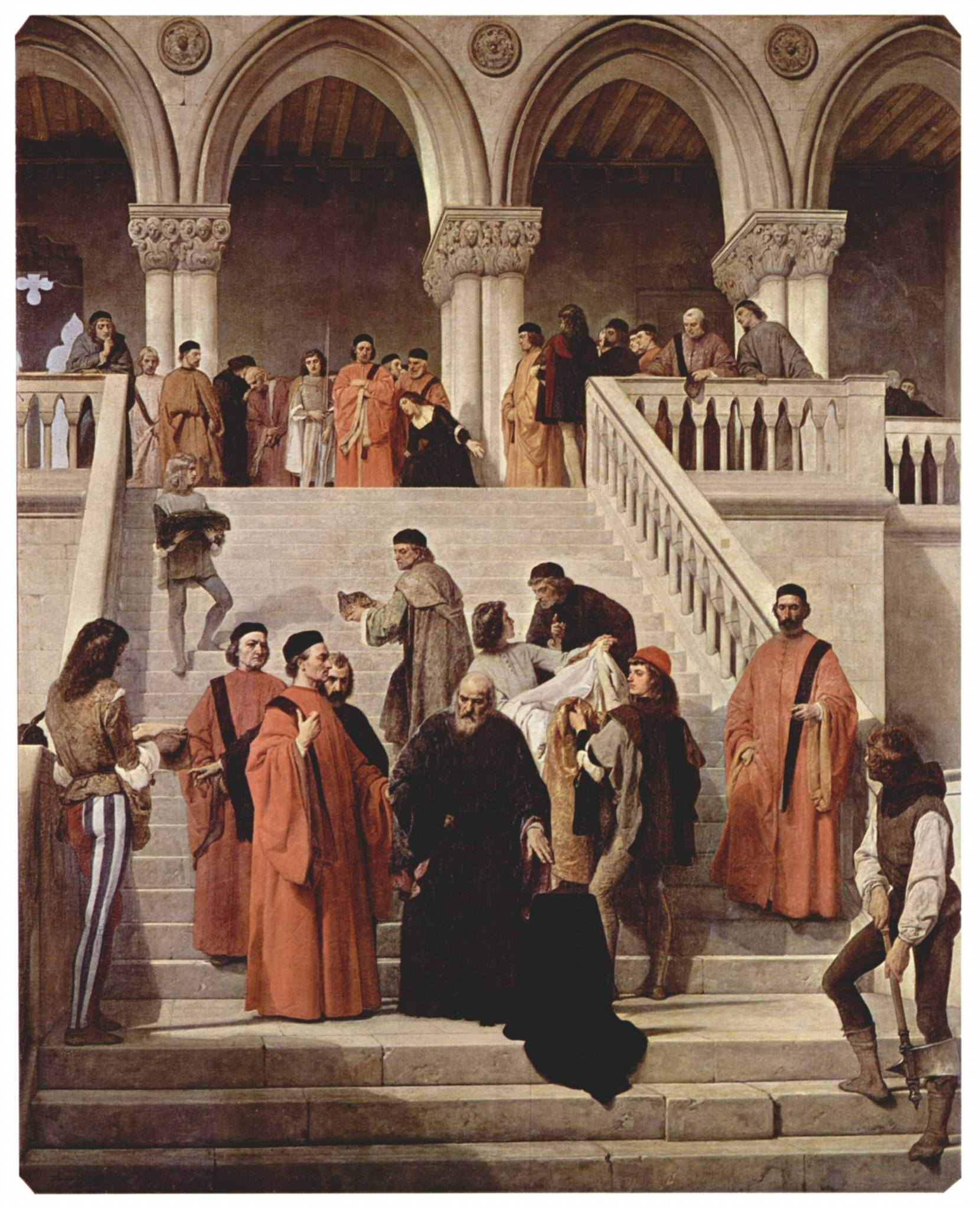History of the Doge's Palace - Venice's Seat of Power
Discover the story of Venice's Doge's Palace: architecture, councils, justice, diplomacy, fires and rebuilds, and the rise of the Bridge of Sighs.

The Doge's Palace is more than a pretty facade — it's the stage on which the Venetian Republic directed its thousand‑year experiment in maritime power and political balance. The complex you see today is the result of centuries of building, fire, policy shifts, and artistic commissions.
Origins and rebuilds
- Early core: A fortified complex near St. Mark's Basilica housed the Doge and administration as early as the 10th-11th centuries.
- Gothic expansion: 14th-15th centuries saw the iconic pink‑and‑white marble cladding, open loggias, and rhythmic tracery.
- Fires and restorations: Major fires in 1483, 1574, and 1577 led to reconstructions that preserved the Gothic exterior while updating interiors with Mannerist and Baroque programs.
Government in action
- The Doge: Elected figurehead bound by strict laws and councils; grandeur without absolute power.
- Maggior Consiglio (Great Council): Thousands of patricians gathered in the colossal hall to vote on laws and offices.
- Senate and Collegio: Managed foreign policy, finance, and day‑to‑day executive matters.
- Council of Ten: A powerful, secretive body handling security, espionage, and treason — central to the palace's aura.
Justice and the prisons
- From courts to cells: Trials could lead straight over the Bridge of Sighs to the damp stone cells of the New Prisons.
- Interrogations: Within the Secret Itineraries you'll find the infamous torture room (piombi and pozzi cells), used sparingly yet powerfully.
- Casanova's escape: Giacomo Casanova's 1756 breakout from the attic “leads” is legendary — a mix of daring and luck that still captivates.
Diplomacy and image
- Art as propaganda: Commissions by Tintoretto, Veronese, and Palma il Giovane dramatized Venice's piety, victories, and stability.
- Ceremonial routes: Ambassadors processed through spaces designed to awe — gilded ceilings, colossal canvases, and strategic light.
From Republic to museum
- 1797: Napoleon ends the Republic; the palace's political role fades.
- 19th-20th centuries: Restorations and changing uses culminate in the civic museums we visit today.
Why it matters
Few buildings so seamlessly combine architecture, art, and statecraft. Walk the rooms and you don't just see history — you feel how Venice balanced spectacle with control for centuries.
About the Author

Venice Historian
I created this guide to make planning your visit to the Doge’s Palace simple, insightful, and full of local tips you’ll love.
Tags
Comments (0)
Loading comments...